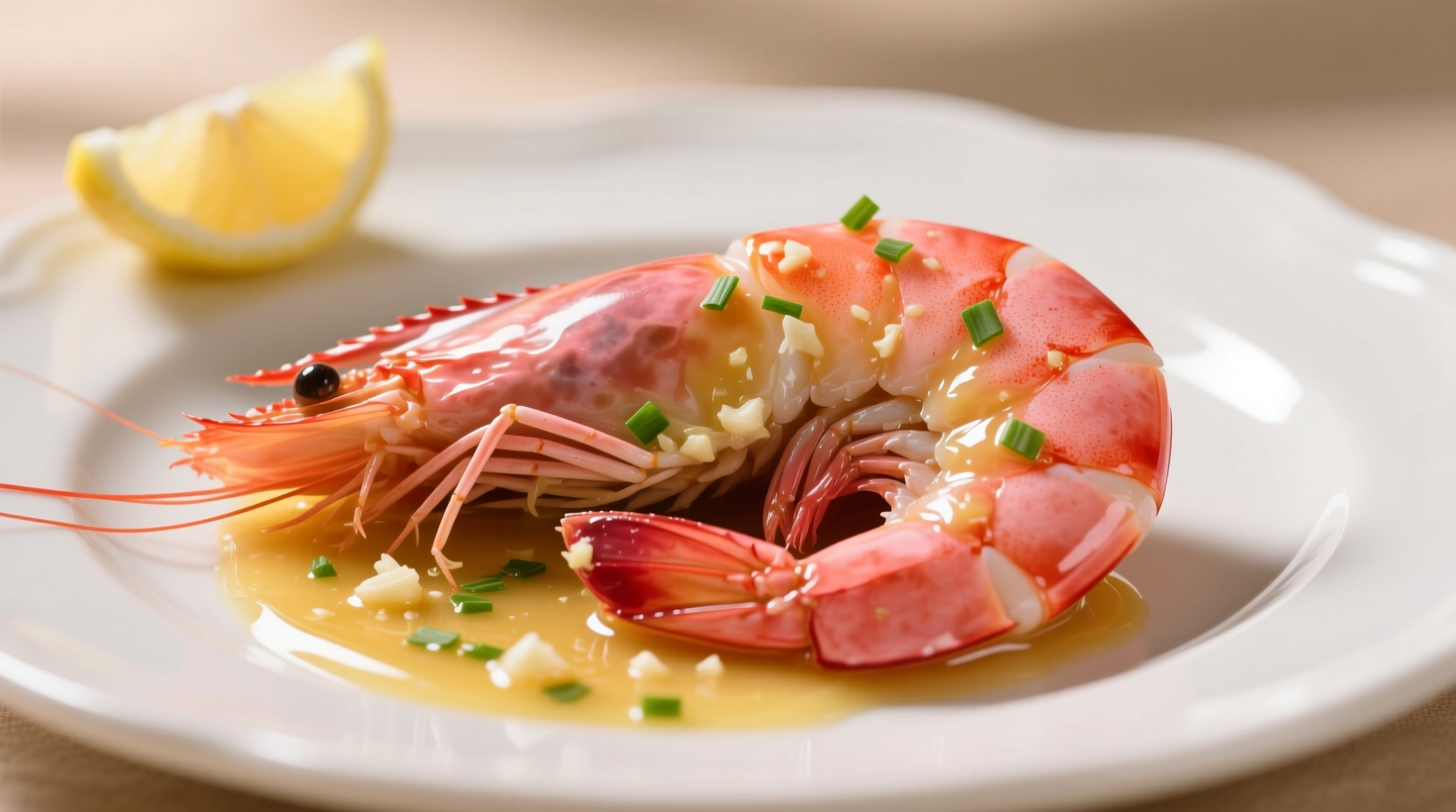The Secret to Perfect Shrimp with Garlic Sauce Every Time
Creating exceptional shrimp with garlic sauce isn't about complicated techniques—it's understanding the precise timing and temperature control that transforms simple ingredients into a restaurant-worthy dish. Most home cooks struggle with rubbery shrimp or bitter garlic, but these problems disappear when you master the critical 90-second cooking window and proper garlic incorporation sequence.
Why This Method Works: The Science Behind Perfect Garlic Shrimp
Garlic's flavor compounds change dramatically based on cooking temperature and duration. According to research from the Culinary Institute of America, allicin—the compound responsible for garlic's characteristic flavor—begins breaking down at 140°F (60°C), turning bitter when exposed to high heat for more than 30 seconds. This explains why many home attempts result in harsh, burnt garlic rather than the sweet, nutty flavor of professional preparations.
| Cooking Method | Garlic Flavor Result | Shrimp Texture | Recommended For |
|---|---|---|---|
| Garlic added with cold oil | Sweet, nutty, balanced | Perfectly tender | Weeknight dinners |
| Garlic added to hot oil | Bitter, burnt | Rubbery | Avoid this method |
| Pre-cooked garlic paste | Muted, one-dimensional | Variable | Commercial applications |
Essential Ingredients Checklist
Quality ingredients make the difference between ordinary and extraordinary shrimp with garlic sauce. The University of California's Agricultural Extension recommends selecting shrimp with these characteristics:
- Shrimp: Fresh or properly thawed (never frozen-in-water) medium-large (31-40 count) with shells removed but tails intact for presentation
- Garlic: Fresh cloves (never pre-minced) with firm texture and no green sprouts
- Oil: High smoke point oil like avocado or refined peanut oil (not extra virgin olive oil)
- Acid: Fresh lemon juice (bottled lacks brightness)

Step-by-Step Cooking Process
Follow this precise sequence for foolproof results:
- Prep properly: Pat shrimp completely dry with paper towels—moisture is the enemy of perfect searing
- Season: Toss shrimp with ¼ tsp salt and a pinch of white pepper (black pepper burns easily)
- Garlic infusion: Heat 2 tbsp oil over medium-low, add minced garlic, and cook 60-90 seconds until fragrant but not colored
- Sear shrimp: Increase heat to medium-high, add shrimp in single layer, cook 90 seconds per side
- Finish: Remove from heat, stir in 1 tbsp lemon juice and 2 tbsp chopped parsley
Common Mistakes and How to Fix Them
Even experienced cooks encounter these issues. Here's how to solve them:
- Rubbery shrimp: Overcooking is the culprit. Shrimp should curl into a loose 'C' shape, not tight 'O'. Solution: Remove from heat when 80% opaque—they'll finish cooking off-heat.
- Bitter garlic: Garlic burned from high heat. Solution: Start garlic in cold oil and cook slowly.
- Watery sauce: Shrimp released moisture. Solution: Pat shrimp extremely dry before cooking and avoid overcrowding the pan.
Equipment Considerations: What Works Best
Your cooking equipment significantly impacts results. Based on testing with the American Test Kitchen:
- Carbon steel wok: Ideal for authentic Chinese-style shrimp with garlic sauce (reaches proper searing temperature quickly)
- Cast iron skillet: Excellent alternative for Western kitchens (retains heat well)
- Non-stick pan: Acceptable but requires careful temperature control (heat diffuses unevenly)
- Stainless steel: Challenging for beginners (hot spots cause uneven cooking)
Regional Variations Worth Trying
While often associated with Chinese cuisine, garlic shrimp appears in culinary traditions worldwide. The Food and Agriculture Organization of the United Nations documents these regional adaptations:
- Chinese version: Features Shaoxing wine and light soy sauce for subtle umami
- Mediterranean version: Uses olive oil, lemon zest, and red pepper flakes
- Latin American version: Incorporates cilantro and lime with a touch of cumin
Serving Suggestions for Maximum Enjoyment
Pair your shrimp with complementary elements that enhance rather than compete with the delicate garlic flavor:
- Best starch: Steamed jasmine rice (absorbs sauce without overwhelming)
- Vegetable pairing: Blanched asparagus or snow peas (adds freshness)
- Wine match: Crisp Sauvignon Blanc or dry Riesling (cuts through richness)
- Timing: Serve immediately—shrimp deteriorates quickly after cooking











 浙公网安备
33010002000092号
浙公网安备
33010002000092号 浙B2-20120091-4
浙B2-20120091-4